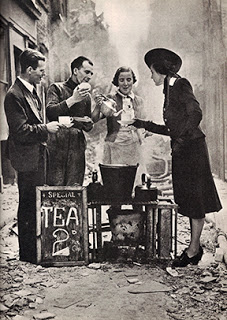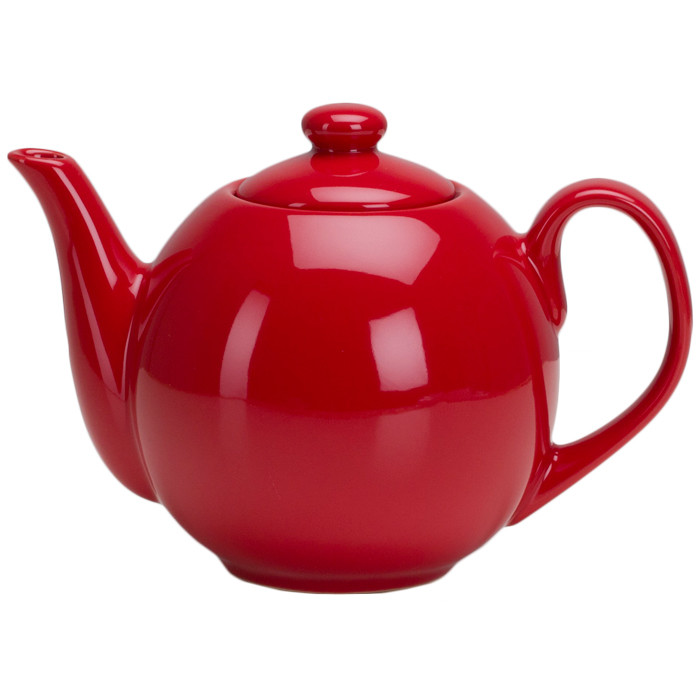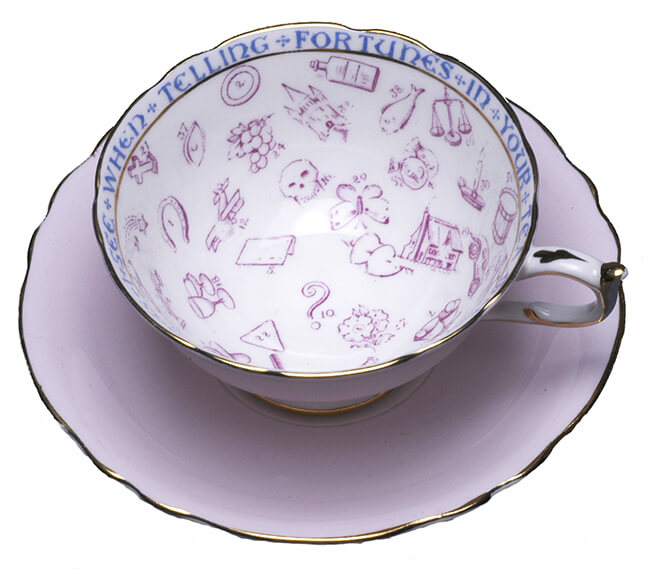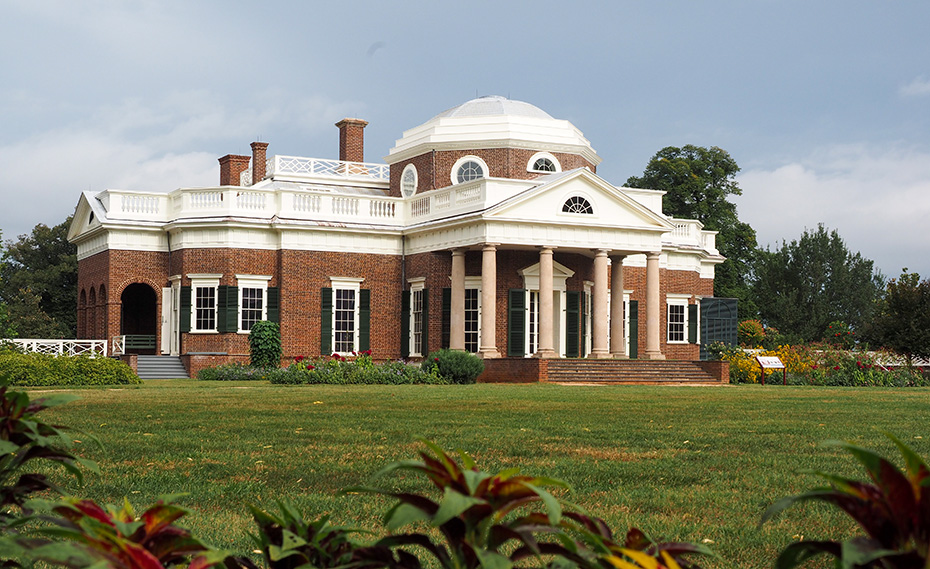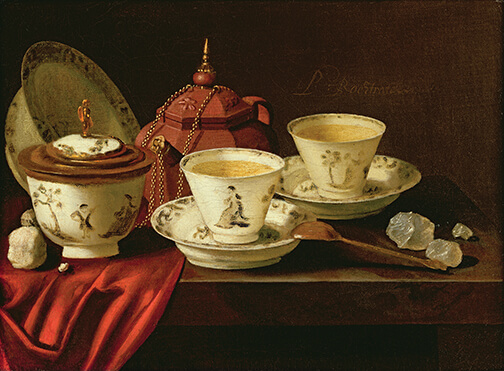How Did Tea Get Its Name?
The thing we call a tea would taste just as sweet if we called it by any other name.
How differently would the words of Juliet have sounded if only Shakespeare had known the beverage we call tea? It’s too bad that the Chinese beverage would not appear in London until forty years after his death. Just consider what great plays The Bard might have penned if only there had been a tea table around which he could have staged an encounter between young lovers such as Romeo and Juliet!
In “The Romance of Tea,” William H. Ukers reminds us –
The word [tea] is not to be found in the Bible, the works of Shakespeare, or any other publication in English previous to the latter half of the seventeenth century.
In the known references to tea in English during the years 1650–9, the word appears in its earlier form of ‘tee,’ but pronounced ‘tay’ until the middle of the eighteenth century. In India, it became chai. In France, the ladies drank thé.
How did these different names develop?
The Chinese borrowed the names of other shrubs for their earliest references to tea, as the plant did not receive its present appellation (ch’a) until AD 725, and the use of the ideograph ch’a for tea was not in general use before the publication of Lu Yu’s Ch’a Ching in 780.
The form of the name that then entered each language depended on the route by which tea was first traded into that country. When tea first traveled outside China to the Arab countries and Russia, the Mandarin word cha spread with the goods.
In the Persian, Japanese, and Hindi languages, the word settled as cha, in Arabic shai, in Tibetan ja, in Turkish chay, and in Russian chai.
When the Portuguese first started buying tea from the Chinese, they traded through the port of Macao where the Mandarin word for tea had become ch’a in the locally-spoken Cantonese. But Dutch tea ships sailed in and out of the port of Amoy in China’s Fujian Province and so used the local Amoy word te, pronounced “tay,” and changed it to thee.
As it was the Dutch who were mainly responsible for trading tea to other European countries and beyond, the oriental beverage became known as tea or tee in English, thé in French, thee in German, te in Italian, Spanish, Danish, Norwegian, Hungarian, and Malay, tee in Finnish, tey in Tamil, thay in Singhalese, and Thea to scientists.
Whatever the name, it’s a shame that Shakespeare was born too early to use tea as a literary tool. Fortunately, the romance of tea was not lost on a young writer who appeared on the literary scene 200 years later. Jane Austen eagerly picked up her pen and took full advantage of the delicious plot lines that wafted from the ever-present teapots found at formal and informal gatherings throughout Bath and its environs.
In Austen’s writings, the appearance of the “tea things” meant rest and pleasure, and its absence at any social event would have signaled a severe disappointment and an upsetting of the social order.
Ah, Juliet, what great tea, tay, chai, cha, te, thee, thé, shai, ja, or chay parties you might have known!
